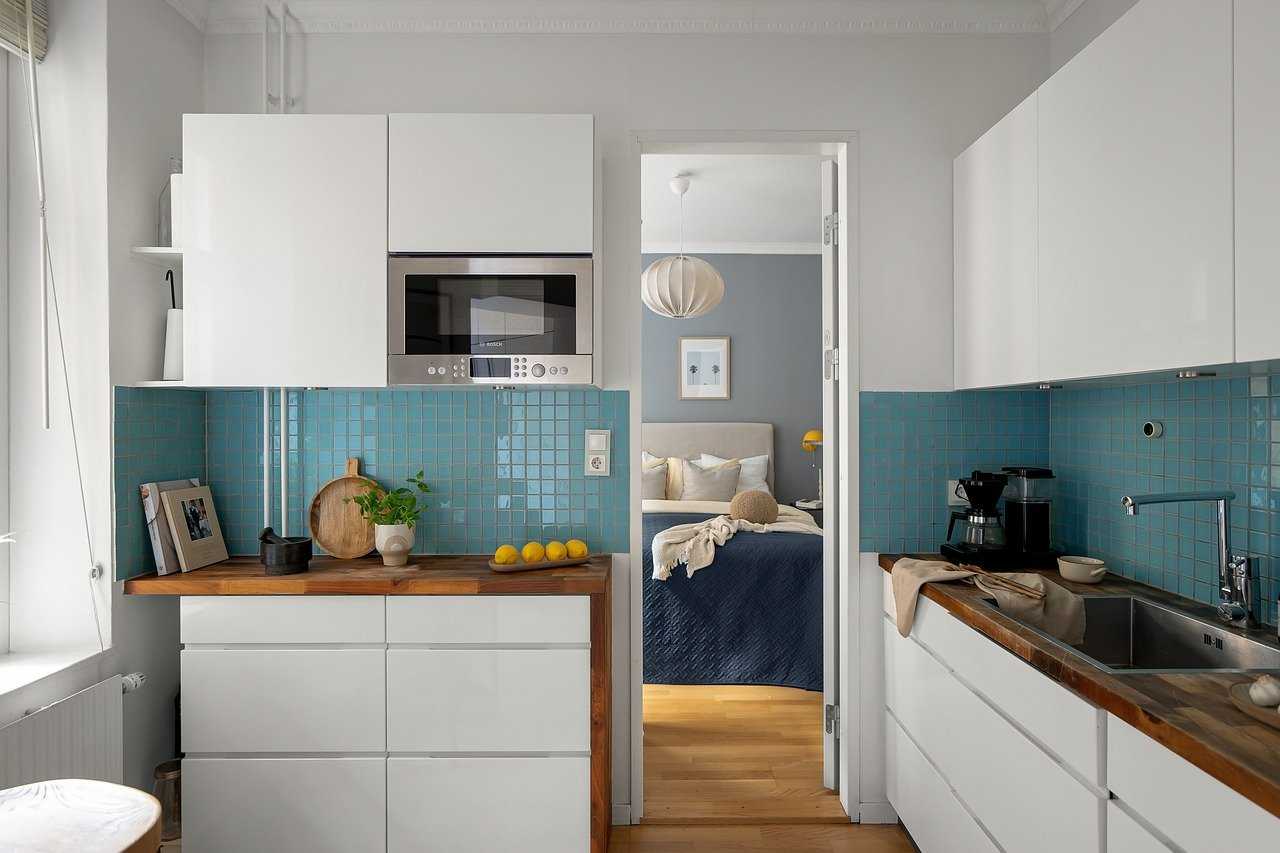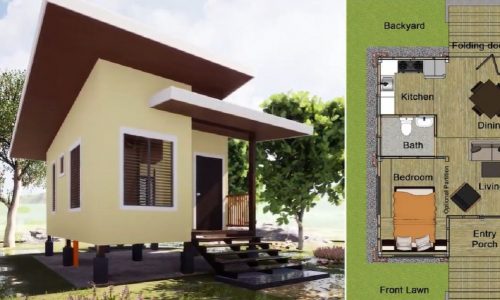The Philippines is a country in the middle of Southeast Asia that is famous for its beautiful scenery, rich culture, and lively communities. As cities get busier and real estate prices keep going up, a lot of Filipinos are looking to small house designs as a stylish and useful way to live. A budget of 100,000 pesos (about $2,000) might make designing a small house in the Philippines seem impossible, but it’s possible to make a beautiful, cozy, and useful home with some smart planning and creativity. This is how you can do it.


1. Adhere to the rules of minimalist design
Being minimalist isn’t just a matter of taste; it’s also a smart way to live with less. This means working on the most important parts of a small house design. Pick furniture that can be used for more than one thing, like a sofa that can be used as a bed or tables that can be opened up to make room for eating. This saves money and room at the same time. Choose neutral colors to make your small area feel more open and light, which will make it look bigger than it is.
2. Buy custom furniture that saves space.
Off-the-shelf furniture might look like the most cost-effective choice, but custom-made furniture can save you more money in the long run. Custom furniture can make the most of every inch of your home because it is made to fit the exact measurements and needs of your area. Floor-to-ceiling shelves are a great way to store books, decorations, and other essentials without taking up valuable floor room.
3. Make use of natural light and air flow
Because the Philippines has a tropical temperature, natural light, and air flow are important parts of home design. Large windows not only let in a lot of sunlight, which means you don’t need as much artificial lighting during the day, but they also let air flow through your home, which keeps it cool and lowers your energy costs. If you can’t put windows on the walls in places like the bathroom or kitchen, you might want to think about skylights or translucent roofs.
4. Choose floor plans with open spaces
A small house can feel big and open with an open floor plan. Cutting down on the number of walls lets more air flow through and makes spaces that can be used for different things, like having friends over, working from home, or doing hobbies. The important thing is to use rugs, furniture placement, and lighting to separate places instead of building walls.
5. Pay attention to outdoor living areas
Use any outdoor space you have to its fullest to make your living space bigger without spending lot of money. If you plan it right, even a small balcony or garden can grow into a lush, welcoming part of your home. Potted plants, outdoor furniture, and soft lighting can help you make a cozy spot to hang out with friends or rest. This method not only makes the most of the room you have, but it also lets you enjoy nature every day.
6. Put high-quality, low-cost materials at the top of your list
The materials you use can have a big effect on both how much your home costs and how bad it is for the world. For example, bamboo is a material that doesn’t harm the environment, lasts a long time, is cheap, and works well in the Philippines. It can be put down on floors, walls, or even as a part of architecture. You can also add color to your home without breaking the bank by using recycled materials and stones that are found nearby.
7. Do it yourself when you can
Finally, you might want to do some of the work yourself. Adding your own style to your home is easy and saves you money when you do it yourself. There are many things you can do to help make your room your own, like painting the walls, putting together furniture, or even making simple fixtures.
It’s hard to design a small house in the Philippines on a budget of 100,000 pesos. You have to be creative, clever, and work hard. The result, though, is a beautiful, well-designed, and personalized home that meets your wants without breaking the bank. Remember that the key to designing a good small house is not just keeping costs low, but also making the most of room, functionality, and style.




